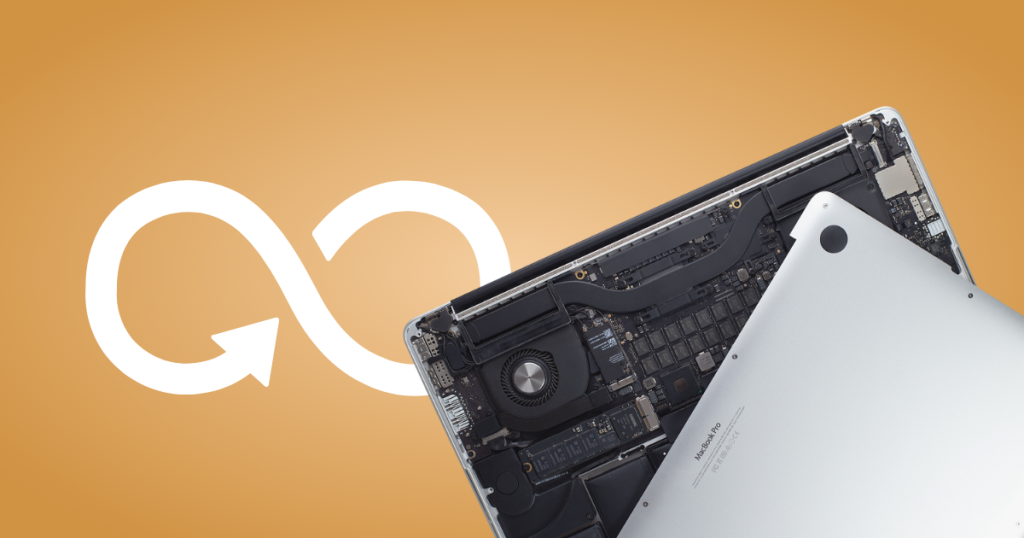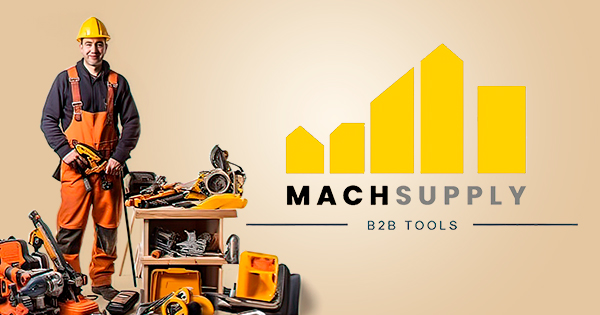3 ways repairability will transform the electronics goods industry

Fixing the e-waste challenge
What is e-waste?
Also known as electronic waste, e-scrap or end-of-life electronics, e-waste is defined as anything with a battery or plug that’s nearing the end of its useful life. According to the UN, as much as 50 million tonnes of e-waste is produced globally per year. Only 17.4% of this electronic waste will be recorded as being properly collected, treated and recycled.
And that’s a big problem for all of us. When these broken or unwanted electronics are thrown away, they are often just dumped in landfill, where toxic substances like lead and mercury can leach into soil and water posing severe risk to human and environmental health.
Simply disposing of e-waste is also a missed opportunity, as electronics contain valuable non-renewable resources including gold, silver, copper, platinum, aluminium and cobalt. This means when we dispose of them without recycling, we’re also throwing away precious materials.
Repairability, or the lack of it, is a key issue in all of this, as much of our tech isn’t easily mended. But that’s starting to change among legislators, brands and consumers.
What is repairability?
Repairability is a way to measure customers’ ability to repair and maintain their products. When it comes to electronics, it can include the ability to take the device apart yourself, and replace and upgrade parts, as well as the availability of information to show you how to do it.
The potential in repairability is huge and will likely impact the consumer product ecosystem in three ways:
1. Repairability as a ‘make or break’ measure in customer decision-making
Repairable products will be seen as a mark of quality – robust, updatable, re-sellable and therefore of higher value. But it can’t stop there. Brands will also need to make it easy for customers, by offering a compelling repair experience and related content and services.
2. It will transform the customer relationship
The longer a product lasts, the more opportunities for conversations between brands and their customers that go beyond basic repair and maintenance services. Companies can provide new services and touchpoints — like periodic care and check-ups, DIY repair-training content and reselling support. All of these help to up engagement, drive loyalty and establish new revenue streams.
3. It’s a new way for brands to stand out from the crowd
Repairability is an opportunity for brands not just to provide value to customers, but to stand out from the competition and demonstrate their commitment toward sustainability and a circular economy.
To read the full article, visit Fixing the Future: 3 Ways Repairability Will Change the Consumer Goods Ecosystem
Our recent blog posts
See all blogs-
How is AI’s synthetic data enhancing User Experience Research? Technology

-
Web3.AI Rising : How new technology can add value to your business

-
How generative AI helped us create an e-commerce app – with personalised content – in just 2 weeks Technology

-
Can you build a foodie app in 3 days using Generative AI? (Spoiler alert: yes!)

